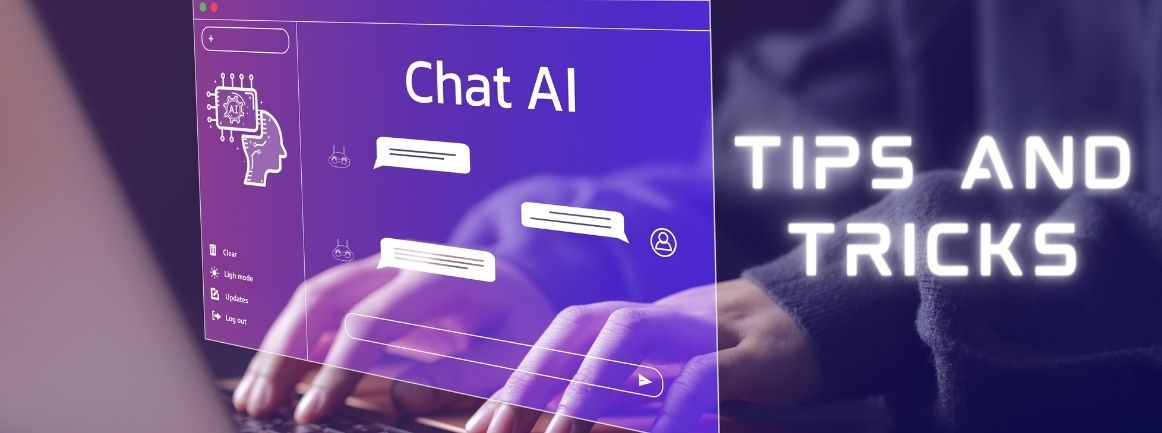How to use ChatGPT Efficiently for Accurate Output ?

ChatGPT, powered by OpenAI’s GPT-4 architecture, is a powerful tool for generating text-based responses. Whether you’re using it for writing assistance, brainstorming, coding help, or learning, ensuring you get accurate and relevant outputs is essential. Here are some tips and tricks to help you make the most out of ChatGPT.
1. The clearer and more specific your query, the better the response.
When you ask ChatGPT a question or prompt it to generate text, provide as much detail as possible. Ambiguous or vague queries can lead to less accurate outputs. For example:
Vague: “Tell me about the solar system.
Specific: “Can you explain the composition and characteristics of each planet in the solar system?”.
2. Provide context to help ChatGPT understand your query better.
Including relevant background information can significantly improve the quality of the response. For instance, if you’re asking for coding help, specify the language and the problem context:
With Context: “I am writing a Python function to reverse a string. Can you help me with the code?”.
3. Divide complex questions into smaller, manageable parts.
If your query is multifaceted, breaking it down into simpler parts can help ChatGPT provide more accurate and comprehensive answers. For example:
Complex Query: “How do I set up a website, and what are the best practices for SEO?”
Simpler Parts: “How do I set up a website using WordPress?” and “What are the best practices for SEO?”
4. Indicate the desired format of the response.
If you need the response in a specific format, such as a list, code block, or paragraph, mention it in your query. This ensures the output is structured in a way that meets your needs. For example:
Format Request “Can you provide a step-by-step guide on how to change a tire in list format?”
5. Don’t hesitate to ask follow-up questions for clarification.
If the initial response isn’t fully clear or misses some details, use follow-up questions to dig deeper. ChatGPT can remember the context of your conversation, making it easier to refine the answers.
Follow-Up: “You mentioned the benefits of using solar energy. Can you explain the environmental impact in more detail?”
6. Use examples to illustrate what you need.
Giving examples can help ChatGPT understand your requirements more precisely. This is especially useful for tasks like writing, coding, or troubleshooting.
With Example: “Can you write an email to my professor asking for an extension on the assignment? Here’s a rough draft.”
7. Define any limitations or boundaries for your query.
If your query has specific constraints, such as word count or a particular focus area, include these in your prompt.
With Limitations: “Write a 200-word summary of the effects of climate change on polar bears.”
8. Experiment with different phrasings and iterate based on the responses.
If the initial response isn’t what you expected, try rephrasing your question or adding more details. Iteration can lead to more accurate and useful outputs.
Iteration: “Explain the significance of the Battle of Hastings” can be rephrased to “Explain the significance of the Battle of Hastings in 1066 and its impact on English history.”
9. Use system and user messages to set the behavior and tone.
In more advanced settings, such as with the API, you can use system messages to set the assistant’s behavior and user messages to guide the conversation flow.
System Message: You are a helpful assistant specialized in academic writing.”
User Message: “I need help drafting an abstract for a research paper on renewable energy sources.”
10. Always verify the information provided by ChatGPT.
While ChatGPT is a powerful tool, it’s important to cross-check facts and data from reliable sources, especially for critical or sensitive information.
By following these tips and tricks, you can enhance the accuracy and relevance of the outputs generated by ChatGPT. Whether you’re using it for personal projects, professional work, or educational purposes, these strategies will help you make the most out of this advanced AI tool.
